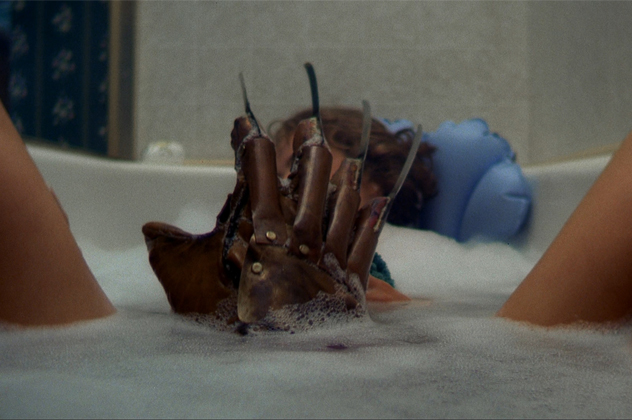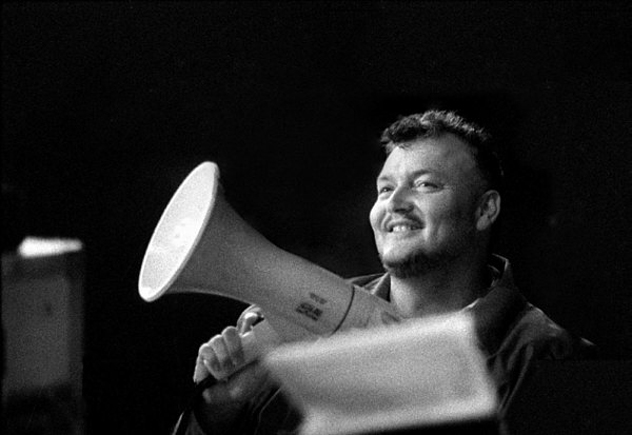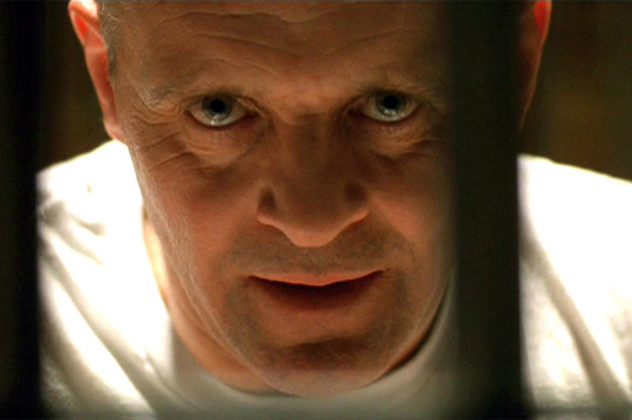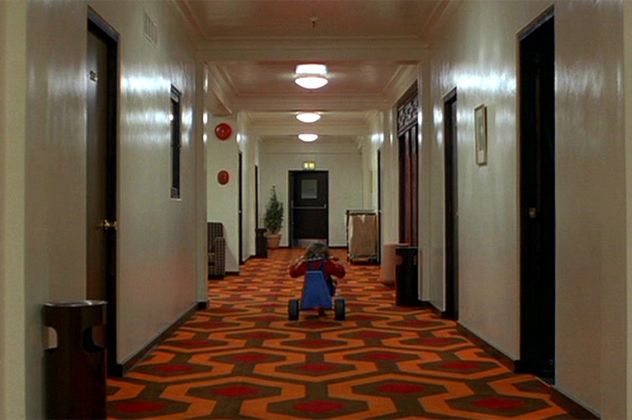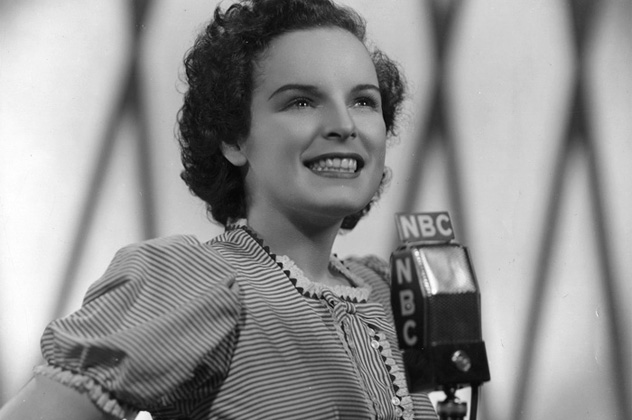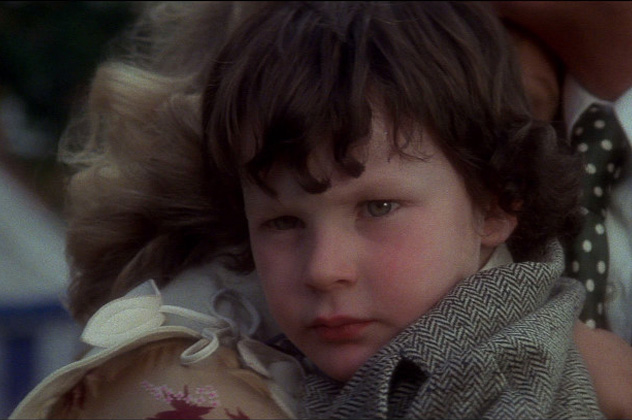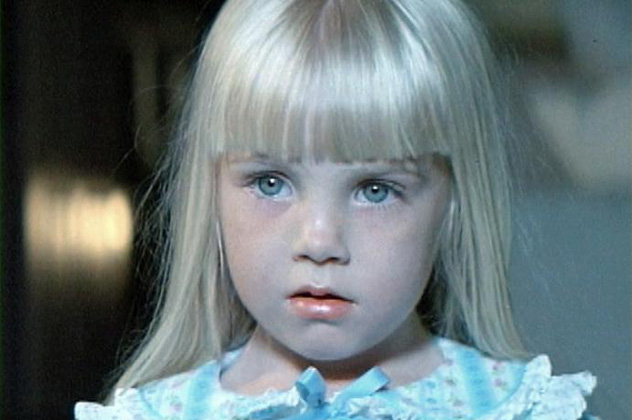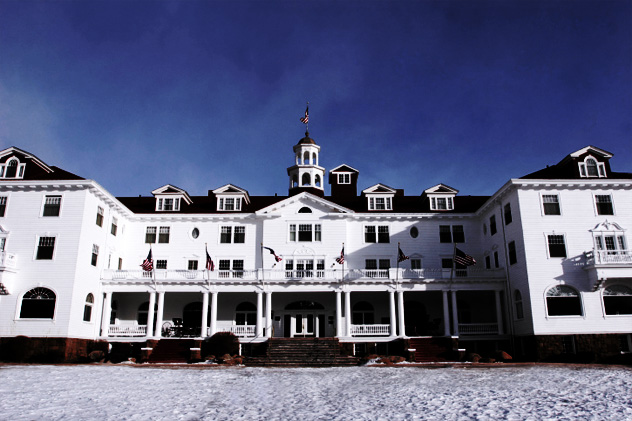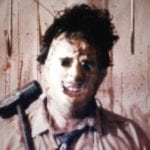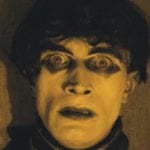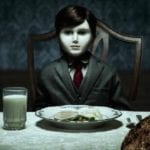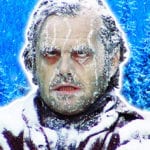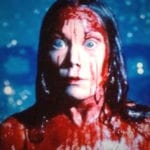10The Inspiration For A Nightmare On Elm Street
Freddy Krueger from A Nightmare On Elm Street is among the most terrifying horror movie villains. Unlike some shambling zombies or a chainsaw-wielding maniac, he cannot be escaped because he lurks in your dreams. With his scorched visage and bladed fingers, Freddy found all kinds of gruesomely ironic ways to dispatch his teen victims. Writer and director Wes Craven named Freddy after a childhood bully, but the inspiration for the story is far scarier. While reading the LA Times, Craven came across a series of articles detailing a condition called sudden unexpected nocturnal death syndrome (SUNDS) which was killing young men. The victims were largely of Southeast Asian descent, many of them refugees from conflicts like the Vietnam War and the deadly reign of the Khmer Rouge in Cambodia. Of course, these men were not struck down by dream-dwelling monsters, but a legitimate medical condition. According to cardiology professor Matteo Vatta, the deaths occur during sleep because the heart slows down, making any inherent issues more likely to occur. Unfortunately, very little is known about the condition, and testing for it is nearly impossible.
9The Director Of Jeepers Creepers Is A Convicted Child Molester
The 2001 film Jeepers Creepers was a tepid horror flick about an ancient monster that hunts for human body parts. It was nothing particularly groundbreaking, but the real monster of Jeepers Creepers was actually behind the camera. Thirteen years earlier, writer and director Victor Salva was helming an even more forgettable venture called Clownhouse when he took a shine to the movie’s 12-year-old star, Nathan Forrest Winters. Salva filmed himself having oral sex with the boy, a crime for which he was sentenced to three years in prison. He was later released after 15 months. Winters has continued to prove a thorn in Salva’s side, claiming that the director “ . . . should not be allowed to live his life as if nothing happened.” For his part, Salva has claimed to be repentant for his crime, stating, “I made a terrible mistake, one I wish I could take back every day of my life.”
8The Legacy Of The Silence Of The Lambs
The Silence of the Lambs was a cultural phenomenon, sweeping the Academy Awards and spawning a rash of sequels and parodies. The film’s breakout star was Welsh actor Anthony Hopkins, who played imprisoned cannibal Hannibal Lecter. Hopkins’ portrayal was so perfectly chilling that he won the Oscar for Best Actor despite a mere 16 minutes of screen time. In fact, he was so terrifying that he frightened away his girlfriend at the time, domestic maven Martha Stewart, who claimed that she “loved him, but he was . . . scary.” Silence’s other featured serial killer, Buffalo Bill, was almost completely overshadowed by Hannibal Lecter, but he has a bizarre legacy all his own. Bill’s odd speech pattern was hijacked by actor Seth Green, who would use it to voice Chris Griffin on Family Guy—particularly a version of Bill speaking through a fast food drive-through PA system.
7What Happened To Danny From The Shining?
The horror classic The Shining is a film fraught with gradually building tension. Much of this was inspired by director Stanley Kubrick, who drove the actors under his employ to the very edge of desperation with multiple takes. His wrath was especially focused on actress Shelley Duvall, who would later claim that the experience was “almost unbearable.” However, Kubrick was protective of the film’s youngest star, six-year-old Danny Lloyd, so much so that Danny didn’t even know he was in a horror movie. In fact, Lloyd claims that he didn’t even watch The Shining until he was 16 years old. After taking another small role in a TV movie two years later, Lloyd retired from acting altogether. This would lead to all kinds of rampant speculation, but the truth about the fate of Danny Lloyd is rather pedestrian. Today, the married father of six teaches biology at a community college in Kentucky and raises pigs. One of his fondest memories from the set was being able to ride his bike inside.
6Mister Rogers And Zombies
Fred Rogers was probably as close to a saint as they come, a truly warm and endearing man who reached millions. But, strangely enough, part of his legacy would give rise to a horrifying new genre of shambling, flesh-eating zombies. One of the many people who started their careers working on Mister Rogers’ Neighborhood was a young filmmaker named George Romero. After working on a segment for the show where Mister Rogers gets a tonsillectomy, Romero got the idea to create a zombie film. The result was 1968’s Night of the Living Dead. Although Rogers supported Romero’s efforts, he would not allow actress Betty Aberlin (who played Lady Aberlin on his show) to appear in the movie. Night of the Living Dead was a huge box office success, and it went on to inspire countless other such works, including AMC’s ratings darling The Walking Dead. Sadly, when the film was released, the distributor neglected to put a copyright notice on the print. This meant that Night of the Living Dead was relegated to the public domain, where it could be sold or copied by anyone. As a result, Romero hardly saw a dime, and several different versions of the movie have emerged over the years. Nevertheless, Romero went on to have a long career directing horror films, including 1978’s fan favorite Dawn of the Dead, which featured a group of survivors taking refuge in a shopping mall.
5Burning Calories
Sitting on your couch watching a movie is about as sedentary an activity as you can indulge in. However, a study by the University of Westminster indicates that if you watch horror movies instead of some tepid sitcom, you’ll actually burn calories. The study was conducted on 10 people who were subjected to a multitude of scary movies, including Paranormal Activity and The Texas Chainsaw Massacre, while hooked up to equipment that studied their vital signs. According to Dr. Richard Mackenzie, who specializes in cell metabolism and physiology at the university, “Each of the 10 films tested set pulses racing, sparking an increase in the heart rate of the case studies. As the pulse quickens and blood pumps around the body faster, the body experiences a surge in adrenaline. It is this release of fast-acting adrenaline, produced during short bursts of intense stress (or in this case, brought on by fear), which is known to lower the appetite, increase the Basal Metabolic Rate, and ultimately burn a higher level of calories.” Perhaps not surprisingly, the film which burned the most calories—an average of 184—was The Shining.
4Mercedes McCambridge
Films that deal with the occult tend to acquire their own dark mythos. We’ve mentioned a few of those cursed films before. Perhaps the most frightening was The Omen, a movie to which so much death and tragedy has been ascribed that it seems impossible to be a mere coincidence. William Friedkin’s The Exorcist also has a scary behind-the-scenes legacy, but one of the stories not often rehashed regards Mercedes McCambridge, the actress who voiced the demon Pazuzu who possessed the girl played by a young Linda Blair. More than a decade after The Exorcist was released, McCambridge would face a horror every bit as awful as any screenwriter could imagine. On November 16, 1987, her son John Markle donned a Halloween mask of a wrinkled old man and then proceeded to shoot his wife and two daughters in their Little Rock, Arkansas home before finally taking his own life. Markle had been a futures trader for the investment firm Stephens and Company, and after allegations of fraud surfaced, he was fired. After his death, it was found that Markle had used his mother’s name as part of his machinations, but his rambling 13-page suicide letter (addressed to Mercedes) cleared her of any wrongdoing. After spending months in seclusion, she responded to the many who’d offered their condolences with a note that read in part, “About what happened . . . that’s all there is to say . . . it happened. A Greek tragedy . . . a cast of four beautiful people. The play closed. Thank you for caring.”
3Where Is Damien From The Omen?
Unlike Danny from The Shining, little Damien in The Omen is as evil as they come—the Antichrist himself. Finding a tot capable of giving off an intimidating mien is certainly no easy task, and director Richard Donner searched high and low. When he found four-year-old Harvey Spencer Stephens, he knew he’d found his boy. In an interview with AMC, Donner admitted that, during Stephens’ audition, he’d urged the child to attack him and Harvey responded vigorously, punching him in the testicles. During filming, Donner evoked Damien’s angry reactions by bullying the boy, threatening him with lines like, “What are you looking at, you little bugger? I’ll clobber you.” Luckily, the curse that followed the cast and crew of The Omen seemed to turn a blind eye toward Harvey (despite the fact that he played the son of the devil himself). Like Danny Lloyd, Stephens only made one more small appearance as a child actor before essentially falling off the radar. Today, he works as a futures trader on the London stock market and makes the occasional appearance at horror conventions, his infamous tricycle in tow.
2The Poltergeist Curse
Another movie plagued by catastrophe was 1982’s Poltergeist. The film takes place in a new California suburb occupied by the Freeling family. Shortly after moving into their home, the family begins experiencing all sorts of increasingly sinister paranormal activity which eventually culminates in the family’s youngest daughter, platinum-blonde Carol Ann, being whisked off to the spectral realm. In the years following the movie’s release, death followed. Some insist that the Poltergeist curse stems from the fact that the filmmakers used real skeletons in one climactic scene—rather than fakes, which would have been prohibitively expensive—thus unleashing the wrath of the spirit world. On October 30, 1982, Dominique Dunne, who played the family’s eldest daughter, got into an argument with her ex-boyfriend John Sweeney outside her home in West Hollywood, California. Things soured and Sweeney choked Dunne, stopping her heart. She was revived but was declared brain dead. Her family removed her from life support on November 4, five months to the day after the release of Poltergeist. Sweeney essentially got away with murder—he was convicted only of voluntary manslaughter, for which he served less than four years in jail. The next victim of the curse was Carol Ann herself, Heather O’Rourke, who became violently ill on January 31, 1988. This was not entirely unexpected, as she had been diagnosed the previous year with Crohn’s disease and was suffering from an acute bowel obstruction. Despite being airlifted to Rady Children’s Hospital in San Diego and undergoing emergency surgery, O’Rourke died of septic shock on the operating table. She was just 12 years old. Her early demise made marketing the yet-unreleased Poltergeist III a very dicey proposition for the studio. When the film was released, it was dedicated to her. Other deaths sometimes attributed to the curse include that of 60-year-old Julian Beck (Beck was actually diagnosed with cancer before he even accepted the part in the franchise) and 53-year-old Will Sampson. Apparently, not everyone takes the Poltergeist curse seriously—a reboot starring Sam Rockwell is due out in 2015.
1The Stanley Hotel Pet Cemetery
All roads seem to lead us back to The Shining. Although it is now considered a cinematic masterpiece, at the time of its release it received generally negative reviews. Stephen King himself hated it with a passion which continues to this day. King got the idea for The Shining while staying at the Stanley Hotel in Estes Park, Colorado, a sprawling, historic hotel in the Rockies with a reputation for being haunted. King stayed there the night before the hotel closed for the winter, and its vast, empty spaces left him with an unmistakable eerie feeling. Unlike many hotels which try to distance themselves from paranormal connotations, the Stanley embraces its history, offering all manner of ghost tours. It even has a television channel that plays The Shining on a continuous 24-hour loop. Another of King’s most terrifying works was the novel Pet Sematary, which was adapted into a 1989 movie that managed to traumatize an entire generation. Scenes like this are enough to provide months of nightmare fuel. In a bizarre case of life imitating art, the Stanley actually had a real, creepy pet cemetery located on its grounds. It was recently dug up and moved so that a wedding pavilion could be built. Getting married over a former pet cemetery at a haunted hotel is either very bold or very morbid. Mike Devlin is an aspiring novelist.
